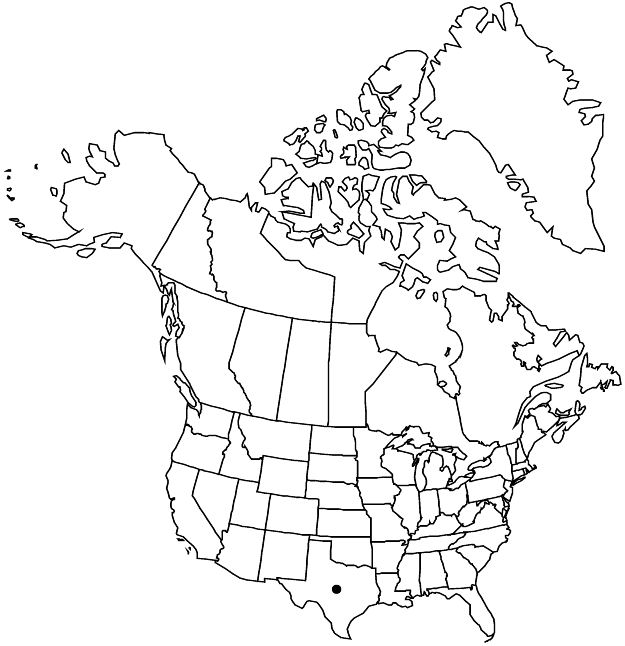Acalypha monostachya
Anales Hist. Nat. 2: 138, plate 21, fig. 3. 1800.
Herbs or subshrubs, perennial, 1.5–4 dm, monoecious or dioecious (staminate plants rare). Stems prostrate to ascending, short-pubescent and hirsute. Leaves: petiole 0.5–2.5 cm; blade orbiculate or reniform, 0.7–2.5 × 0.8–2.5 cm, base cordate or rounded, margins shallowly crenate, apex rounded. Inflorescences unisexual or bisexual, terminal (staminate, pistillate, and bisexual) and axillary (pistillate); staminate peduncle 0.8–3 cm, fertile portion 1–4 cm; pistillate peduncle 0.4–1.5 cm, fertile portion 1–2 × 0.8–1.2 cm; bisexual similar to staminate, with 1–3 pistillate bracts near base; allomorphic pistillate flowers absent. Pistillate bracts crowded (inflorescence axis not visible between bracts), 6–8.5 × 8–12 mm, abaxial surface hirsute, sessile and stipitate-glandular; lobes (8–) 10–12 (–14), rounded, 1/4 bract length. Pistillate flowers: pistil 3-carpellate; styles multifid or laciniate. Capsules smooth, pubescent. Seeds 1.5–1.8 mm, minutely pitted.
Phenology: Flowering and fruiting spring–fall.
Habitat: Dry, open, rocky, gravelly, or sandy areas.
Elevation: 0–900 m.
Discussion
Acalypha hederacea, the name most frequently used for these plants in the United States, and A. monostachya, commonly used for Mexican plants, were thought to differ in sexuality and staminate inflorescence length, but plants throughout Mexico and Texas show no consistent differences among populations and should be treated as a single species (G. A. Levin 1999b).
In the flora area, Acalypha monostachya is widespread in central and southern Texas.
Selected References
None.
Lower Taxa
"elongated" is not a number."connate" is not a number. "distinct" is not a number.
